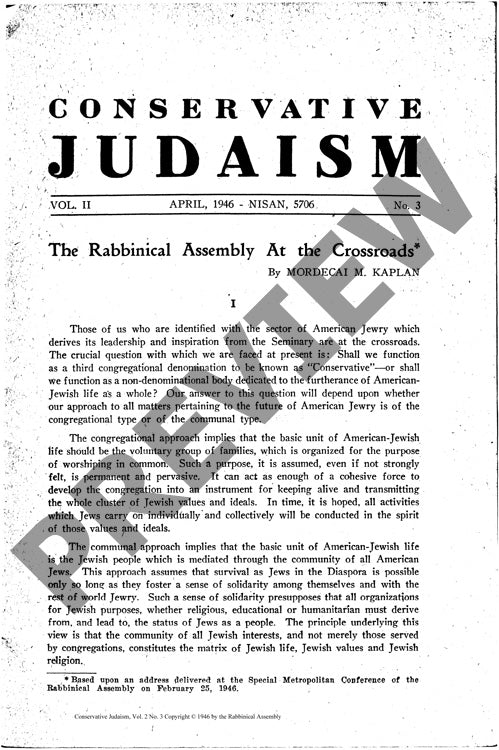The Rabbinical Assembly at the Crossroad
Couldn't load pickup availability
As Conservative Judaism stood at a pivotal crossroads in post-World War II America, its leadership faced a stark choice: embrace denominational distinctiveness or pursue a broader vision of Jewish communal transformation. Drawing from a February 1946 address, Kaplan interrogates this fundamental tension between institutional paths for the Rabbinical Assembly and Jewish Theological Seminary. Through institutional analysis and sociological examination of Jewish leadership structures, the research reveals how "key people" - successful professionals and communal administrators - wielded significant influence while often harboring assimilationist attitudes. While a denominational approach promised clearer religious identity, it threatened to constrain the movement's ability to address Judaism's existential crisis in America. The findings demonstrate widespread alienation from Judaism among influential Jewish professionals in business, arts, sciences, and communal service, creating a "dejudaizing influence" that undermined rabbinical efforts at religious revitalization. To counter this trend, Kaplan proposes reimagining the Seminary as a comprehensive Jewish university with multiple schools serving various Jewish professional and lay careers - a strategy aimed at cultivating educated Jewish leadership committed to Jewish survival and flourishing across all sectors of American Jewish life.

More Information
-
Physical Description
-
Publication Information
Published 1946
ISBN
-
Publication Credits
Mordecai Kaplan

